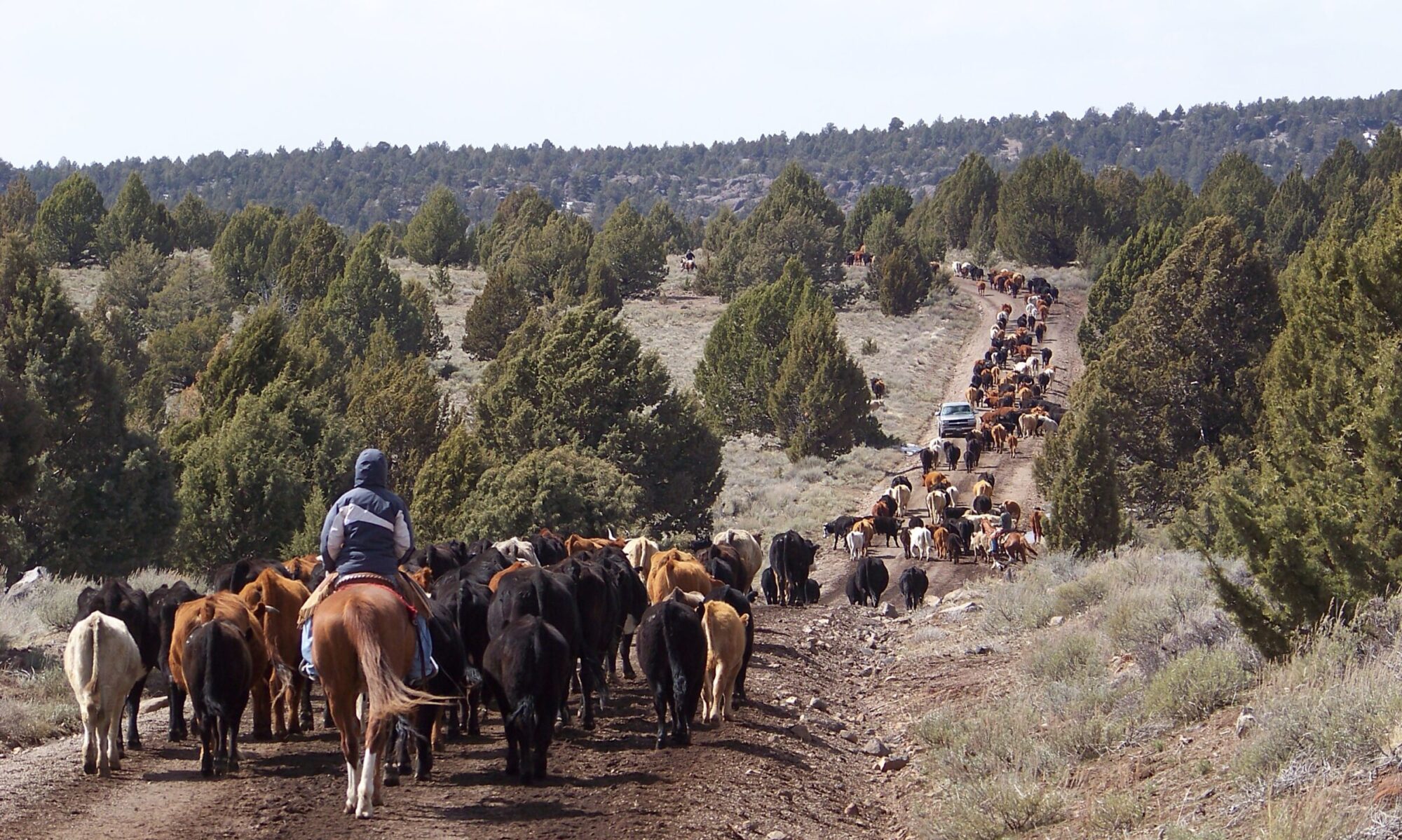USFS video on Leave No Trace
LNT An Introduction to Leave No Trace Narrative
How to communicate LNT principals
How to follow the seven standard Leave No Trace principles differs in different parts of the country (desert vs. Rocky Mountains).
Introduction – Leave No Trace Awareness Workshop
• Principle 1 – Plan Ahead
• Principle 2 – Durable Surfaces
• Principle 3 – Handling Waste Pack It In – Pack It Out
• Principle 4 – Leave What You Find
• Principle 5 – Campfires
• Principle 6 – Respect Wildlife
• Principle 7 – Consideration for Others
• Leave No Trace One-page Handout
Leave No Trace Overview (5 classes) – Adopted by BCHA 2002
• Introduction to Leave No Trace
• Basic LNT Skills
• Practical Application of LNT Skills
• Train the Trainer
• Practical application of LNT skills for Trainers
Leave No Trace For Stock Users was produced by the USDA and the US Forest Service National Technology & Development Program in cooperation with the Leave No Trace Center for Outdoor Ethics.
Horse Sense–A Guide To Minimum Impact Horse Camping – How-to video series for Horse Camping. Series of 7 10-minute clips produced by the Back Country Horsemen of Idaho North Central Chapter, The University of Idaho Natural Resources Lab and the NezPerce National Forest, Moose Creek Ranger District.
Part 1 – Trip Preparation – Stock Conditioning and Grooming
Part 2 – Trip Preparation – Horse Feed, Equipment and Tack
Part 3 – Trip Preparation – Food, Kitchen Items and Containment Systems
Part 4 – The Trip – Know the Area, Equipment List and Stock Hauling
Part 5 – The Trip – At the Trailhead, Packing the Cargo and Trail Conditions
Part 6 – The Camp Area – How to Reduce Impact with Stock Containment, Equipment and Camp
Part 7 – The Camp Area and Home – Minimum Impact Camping, day Trips, Breaking Camp and What to Do at Home
Additional Information
Backcountry Ambassador Certification Training- Adopted by BCHI 2000
Public Awareness Education Outline
